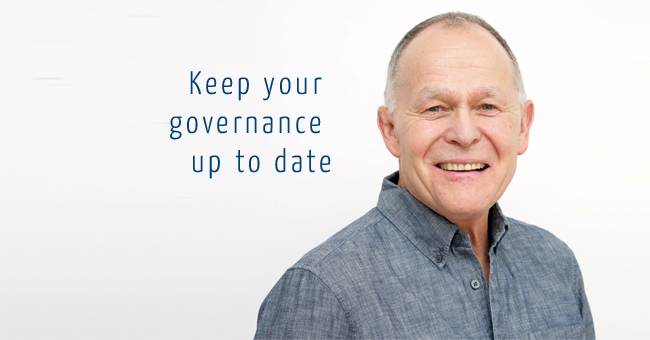The Blog

Your charity’s legal structure is a hot topic right now.
Charitable Incorporated Organisation (CIO) status was a bright idea in the Charities Act 2011, and it may have some substantial benefits for your charity. Three reasons you might want to convert are:
- Limited liability! A boon to nervous trustees of unincorporated charities
- Saving on admin and confusion. CIOs have a much simpler corporate structure than charitable companies. They have only one regulator (the Charity Commission) rather than two (Companies House as well)
- Conversion should soon be quick and easy for many existing charities
Since March 2012 it has been possible for new charities to be CIOs from the outset and over 3,000 have done so. But direct conversion to CIO for your existing charity has been waiting for new regulations.
Converting a charitable company
After a 5-year wait the Office for Civil Society is currently holding consultations on regulations to enable some existing charities convert direct to CIO status.
If yours is either a Charitable Company or (much less common) a Community Interest Company – the process is quite straight-forward. Although less so if your charity owns land I’m afraid.
Unincorporated Charitable Associations
But sadly it does not help if yours is one of the many thousands of UCAs up and down the country for whom incorporation would be a major benefit. Unincorporated Charitable Associations (UCAs) are still out in the cold.
The great disadvantage of a UCA is that your trustees carry personal liability if things go wrong.
Any of the charity’s contracts with third parties – employment contracts, supply contracts and contracts relating to land and property – must all be in the personal names of one or more of your trustees. If default or disputes arise, you are personally on the receiving end.
Whilst some of this exposure can be mitigated by insurance, UCA status is old-fashioned, clumsy and positively dangerous for trustees in these uncertain and litigious times.
A more complex solution
Although these problems for existing UCAs are well-recognised, they are not addressed by the 2011 Act. Despite this lacuna, there is however a clear route forward which you can find here. You will form a new CIO with the same name as your UCA, transfer across the assets and liabilities of the UCA to the CIO and then de-register and wind up the UCA.
Be sure to watch out however for some tricky issues over legacies intended for your UCA which may be lost on it becoming a CIO.
So if yours is a UCA and you want to choose just one thing above all others that will really move your charity forward – become a CIO, get protected and get on!
A helping hand
The process can still be a little complex. If you are daunted or need some outside impetus, I’m around.
I am not expensive and I’m happy to help.
Geoffrey Hand
Latest posts by Geoffrey Hand (see all)
New blog posts
- Your charity’s reputation – no amnesty for charity trustees
- Kids Company Charity Trustees are vindicated – but what about charity governance?
- Your Charity’s CEO – Mainstay or Over-stay?
- Charity trustees – be inspired by Helen Taylor Thompson
- Charity minutes matter – ask Marie Stopes International
- Don’t let coronavirus / COVID-19 de-rail your charity governance
- Succession planning for your charity trustee board
- Who’s in charge of a charity? The answer may not be who you think…

Leave a Reply